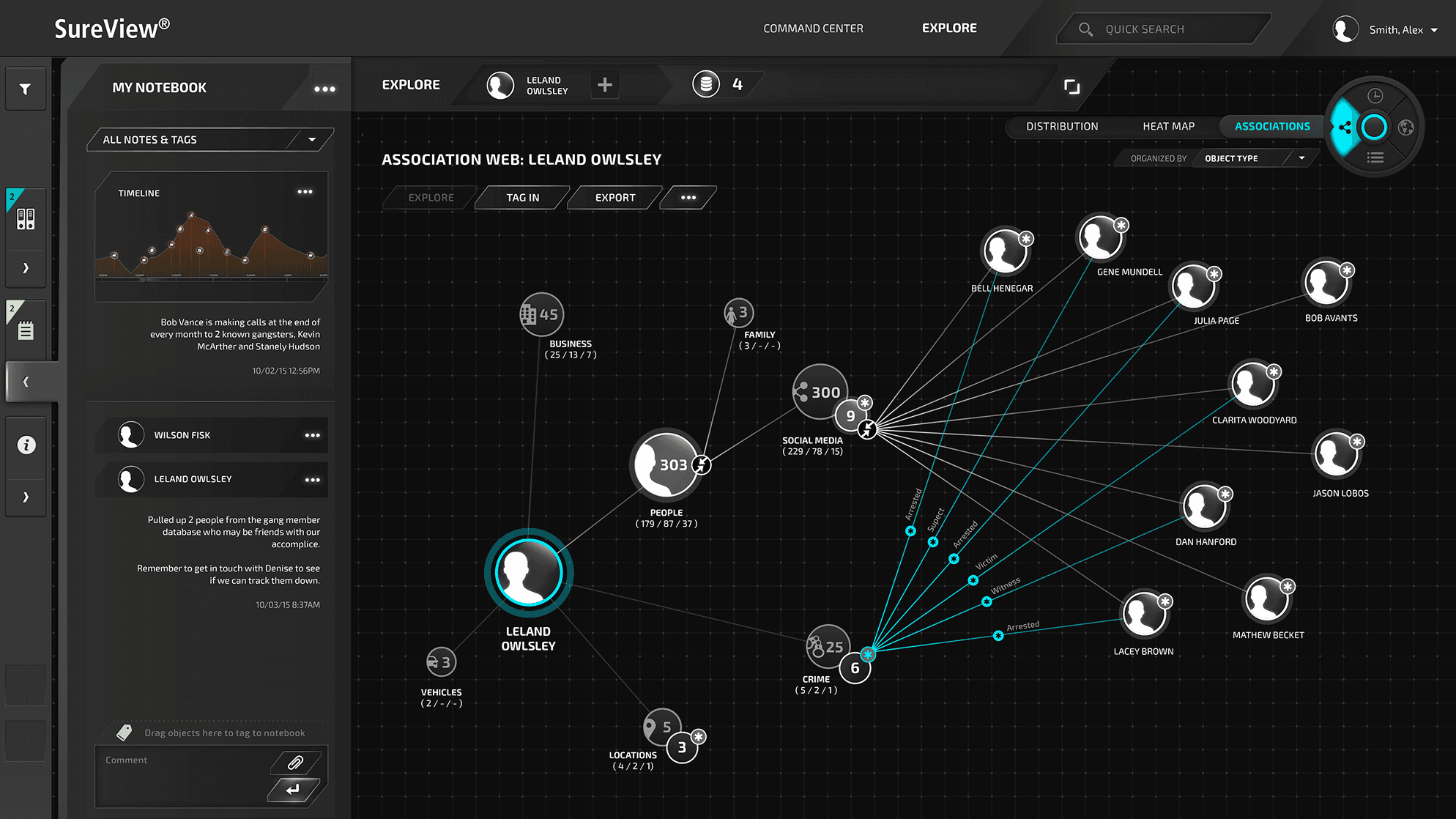Ashley Nicodemus
I design experiences for emerging tech & regulated industries
I designed the interface for NuVasive's Pulse Platform (featured in this video), integrating technologies in MIS Spine Procedures. It received FDA clearance under 510(k) in 2018 and is still used in operating rooms today.
Video created by NuVasive
Complexity, Conflict, & Ambiguity = Opportunity & Inspiration
I design holistic experiences across digital and physical ecosystems, partnering with clinical, regulatory, and engineering teams to create 0–1 products and impactful iterations. With over a decade in design consulting, I’ve worked on a wide range of products, giving me a unique perspective on design challenges and solutions.
11+
Years
52+
Products
400%
Team Growth
11
Talks & workshops
Design is a series of experiments to balance tradeoffs & take well-informed risks.
This approach promotes agility, creativity, & confidence when pioneering new markets & tech.
My Skills
End-to-end UX Design
At my core, I am a designer spending most of my time defining product strategy and bringing it to life through workflow and component design. Working at a small consultancy, you have to wear many hats, which has allowed me to develop a diverse set of skills across UX and product design, business strategy, design operations, and marketing.
Design
Product Design, Interaction Design, Experience Design, Design Systems, Systems thinking, HE-75, Ergonomics, Data Visualizations, Workflows, Micro-interactions, Wireframes, Prototyping, Accessibility, Visual Design, Industrial Design, Marketing Material, Packaging and instructions.
Strategy
Product Vision, Problem Definition, Product Requirements, Design Reviews, Stakeholder Management, Project Management, User Journey Mapping, Roadmapping, Presentations, Workshops, Storytelling, Communication
Research
Opportunity Identification, Product Insights, Observation, Ethnography, Contextual Inquiry, Ergonomics, Usability Testing, Cadaver Labs, Heuristic Evaluation, User Interviews, IDI, VOC, Formative Studies, Focus Group, Survey, Diary Study
My Strengths
Creativity within constraints
I design for the realities of regulated healthcare. Products that pass FDA scrutiny, excel in summative testing, and thrive in market by pushing past usability, balancing the tradeoffs to recreate real-world innovation.
Navigating Ambiguity
Usually, untapped opportunities are hidden within ambiguity. I have lead many projects to figure out the client’s product vision, when they are overwhelmed by the unknown.
Designing 0-1 products
Often times people struggle seeing past the existing, limiting the potential of new solutions. I design experiences based on behaviors and emotions, seeing beyond existing systems to shape capabilities to user needs.
Stakeholder Management
As a consultant, getting buy in from all stakeholders is key to my project success. I have developed a knack for turning skeptics into evangelists by taking the time to listen.
Cross-functional Teams
My tradeoffs approach to products gives everyone a seat at the table, so everyone is heard and considered as part of the process which brings teams together believing in the common mission.
Growth Mindset
Over my years at a design consultancy, I’ve had the opportunity to collaborate with a wide range of product teams, learning from each unique engagement. I enjoy applying those insights, exploring new techniques, tools, and approaches, and evolving through trial, reflection, and iteration.




































